A Unified Framework for Anomaly Detection of Satellite Images Based on Well-Designed Features and an Artificial Neural Network
Abstract
1. Introduction
1.1. Background and Motivations
1.2. Machine Learning and ANN
1.3. Related Works and Novelties and Necessity of the Study
2. Dataset
3. Methods
3.1. Feature Design
3.2. Model
3.3. Interpretability
4. Experiments and Results
4.1. Comparison of ML Algorithms
4.2. Growing and Ablation Study
4.3. Performance on Different Subclasses
4.4. Network Architecture Search
4.5. Interpretability of the Model
5. Discussions
5.1. Innovations
5.2. Weaknesses
5.3. Future Work
6. Conclusions
Author Contributions
Funding
Acknowledgments
Conflicts of Interest
References
- Zhang, B. Current Status and Future Prospects of Remote Sensing. Bull. Chin. Acad. Sci. 2017, 32, 774–784. [Google Scholar]
- Li, J.; Pei, Y.; Zhao, S.; Xiao, R.; Sang, X.; Zhang, C. A Review of Remote Sensing for Environmental Monitoring in China. Remote Sens. 2020, 12, 1130. [Google Scholar] [CrossRef]
- Gasparini, F.; Schettini, R. Color balancing of digital photos using simple image statistics. Pattern Recognit. 2004, 37, 1201–1217. [Google Scholar] [CrossRef]
- Jordan, M.I.; Mitchell, T.M. Machine Learning: Trends, Perspectives, and Prospects. Science 2015, 349, 255–260. [Google Scholar] [CrossRef] [PubMed]
- Mitchell, T.M. Introduction. In Machine Learning, 1st ed.; McGraw-Hill: New York, NY, USA, 1997. [Google Scholar]
- Christopher, M.B. Introduction. In Machine Learning and Pattern Recognition, 1st ed.; Springer: Berlin, Germany, 2006. [Google Scholar]
- Ian, G.; Yoshua, B.; Aaron, C. Machine Learning Basics. In Deep Learning, 1st ed.; MIT Press: Cambridge, MA, USA, 2016. [Google Scholar]
- Schmidhuber, J. Deep Learning in Neural Networks: An Overview. Neural Netw. 2015, 61, 85–117. [Google Scholar] [CrossRef] [PubMed]
- Nair, V.; Hinton, G. Rectified Linear Units Improve Restricted Boltzmann Machines. In Proceedings of the 27th International Conference on Machine Learning (ICML), Haifa, Israel, 21–24 June 2010. [Google Scholar]
- Ramachandran, P.; Zoph, B.; Le, Q.V. Searching for Activation Functions. In Proceedings of the International Conference on Learning Representations (ICLR), Vancouver, BC, Canada, 30 April–3 May 2018. [Google Scholar]
- Rumelhart, D.E.; Hinton, G.E.; Williams, R.J. Learning representations by back-propagating errors. Nature 1986, 323, 533–536. [Google Scholar] [CrossRef]
- Lecun, Y.; Bengio, Y.; Hinton, G. Deep Learning. Nature 2015, 521, 436–444. [Google Scholar] [CrossRef] [PubMed]
- Kaur, A.; Wasson, V. A Novel Approach to no-Reference Image Quality Assessment using Canny Magnitude Based upon Neural Network. In Proceedings of the 2nd IEEE International Conference on Recent Trends in Electronics, Information and Communication Technology (RTEICT), Bangalore, India, 19–20 May 2017. [Google Scholar]
- Zhai, G.; Min, X. Perceptual image quality assessment: A survey. Sci. China Inf. Sci. 2020, 63, 211301. [Google Scholar] [CrossRef]
- Alaql, O.; Ghazinour, K.; Chang, C. Classification of Image Distortions Based on Features Evaluation. In Proceedings of the 18th IEEE International Symposium on Multimedia (IEEE ISM), San Jose, CA, USA, 11–13 December 2016. [Google Scholar] [CrossRef]
- Wang, Z.; Athar, S.; Wang, Z. Blind Quality Assessment of Multiply Distorted Images Using Deep Neural Networks. In Proceedings of the International Conference on Image Analysis and Recognition (ICIAR), Waterloo, ON, Canada, 24–26 June 2019. [Google Scholar]
- Sebastian, B.; Dominique, M.; Thomas, W.; Wojciech, S. A deep neural network for image quality assessment. In Proceedings of the IEEE International Conference on Image Processing (ICIP), Phoenix, AZ, USA, 25–28 September 2016; pp. 3773–3777. [Google Scholar] [CrossRef]
- Xia, Y.; Chen, Z. Quality Assessment for Remote Sensing Images: Approaches and Applications. In Proceedings of the IEEE International Conference on Systems Man and Cybernetics Conference, City University of Hong Kong, Hong Kong, China, 9–12 October 2015. [Google Scholar] [CrossRef]
- Agudelo-Medina, O.A.; Benitez-Restrepo, H.D.; Vivone, G.; Bovik, A. Perceptual quality assessment of pan-sharpened images. Remote Sens. 2019, 11, 877. [Google Scholar] [CrossRef]
- Jingxiang, Y.; Yongqiang, Z.; Chen, Y.; Cheung-Wai, C.J. No-reference hyperspectral image quality assessment via quality-sensitive features learning. Remote Sens. 2017, 9, 305. [Google Scholar] [CrossRef]
- Javan, F.D.; Samadzadegan, F.; Reinartz, P. Spatial Quality Assessment of Pan-Sharpened High Resolution Satellite Imagery Based on an Automatically Estimated Edge Based Metric. Remote Sens. 2013, 5, 6539–6559. [Google Scholar] [CrossRef]
- Alice, Z.; Amanda, C. Introduction. In Feature Engineering for Machine Learning: Principles and Techniques for Data Scientists, 1st ed.; O’Reilly Media: Sebastopol, CA, USA, 2018. [Google Scholar]
- Hunt, R. Measuring Color, 3rd ed.; Fountain Press: Kampala, Uganda, 1998. [Google Scholar]
- Zhi, J. The Research of Color Cast Detection in Lab Color Space. Master’s Thesis, Xidian University, Xi’an, China, 2014. [Google Scholar]
- Weihua, X.; Brain, F.; Lilong, S. Automatic White Balancing via Grey Surface Identification. In Proceedings of the 15th Color Imaging Conference, Albuquerque, NM, USA, 5–9 November 2007. [Google Scholar]
- Hasler, D.; Süsstrunk, S. Measuring Colorfulness in Natural Images. In Human Vision and Electronic Imaging VIII; SPIE: Bellingham, WA, USA, 2003; Volume 5007. [Google Scholar]
- Zhou, Z.H. Neural Networks. In Machine Learning, 1st ed.; Tsinghua University Press: Beijing, China, 2016. [Google Scholar]
- Marco, T.R.; Sameer, S.; Carlos, G. Why Should I Trust You?: Explaining the Predictions of Any Classifier. In Proceedings of the 22nd ACM SIGKDD International Conference on Knowledge Discovery and Data Mining (KDD), San Francisco, CA, USA, 13–17 August 2016. [Google Scholar] [CrossRef]
- Montavon, G.; Lapuschkin, S.; Binder, A.; Samek, W.K.R. Explaining nonlinear classification decisions with deep Taylor decomposition. Pattern Recognit. 2017, 65, 211–222. [Google Scholar] [CrossRef]
- Selvaraju, R.R.; Cogswell, M.; Das, A.; Vedantam, R.; Parikh, D.; Batra, D. Grad-CAM: Visual Explanations from Deep Networks via Gradient-Based Localization. Int. J. Comput. Vis. 2020, 128, 336–359. [Google Scholar] [CrossRef]
- Kingma, D.P.; Ba, J. Adam: A Method for Stochastic Optimization. In Proceedings of the International Conference on Learning Representations, San Diego, CA, USA, 7–9 May 2015. [Google Scholar]
- Baker, B.; Gupta, O.; Naik, N.; Raskar, R. Designing Neural Network Architectures using Reinforcement Learning. In Proceedings of the International Conference on Learning Representations (ICLR), Toulon, France, 24–26 April 2017. [Google Scholar]
- Bello, I.; Zoph, B.; Vasudevan, V.; Le, Q. Neural Optimizer Search with Reinforcement Learning. In Proceedings of the International Conference on Learning Representations (ICLR), Toulon, France, 24–26 April 2017. [Google Scholar]
- He, K.; Zhang, X.; Ren, S.; Sun, J. Deep Residual Learning for Image Recognition. In Proceedings of the IEEE Conference on Computer Vision and Pattern Recognition, Seattle, WA, USA, 27–30 June 2016; pp. 770–778. [Google Scholar] [CrossRef]
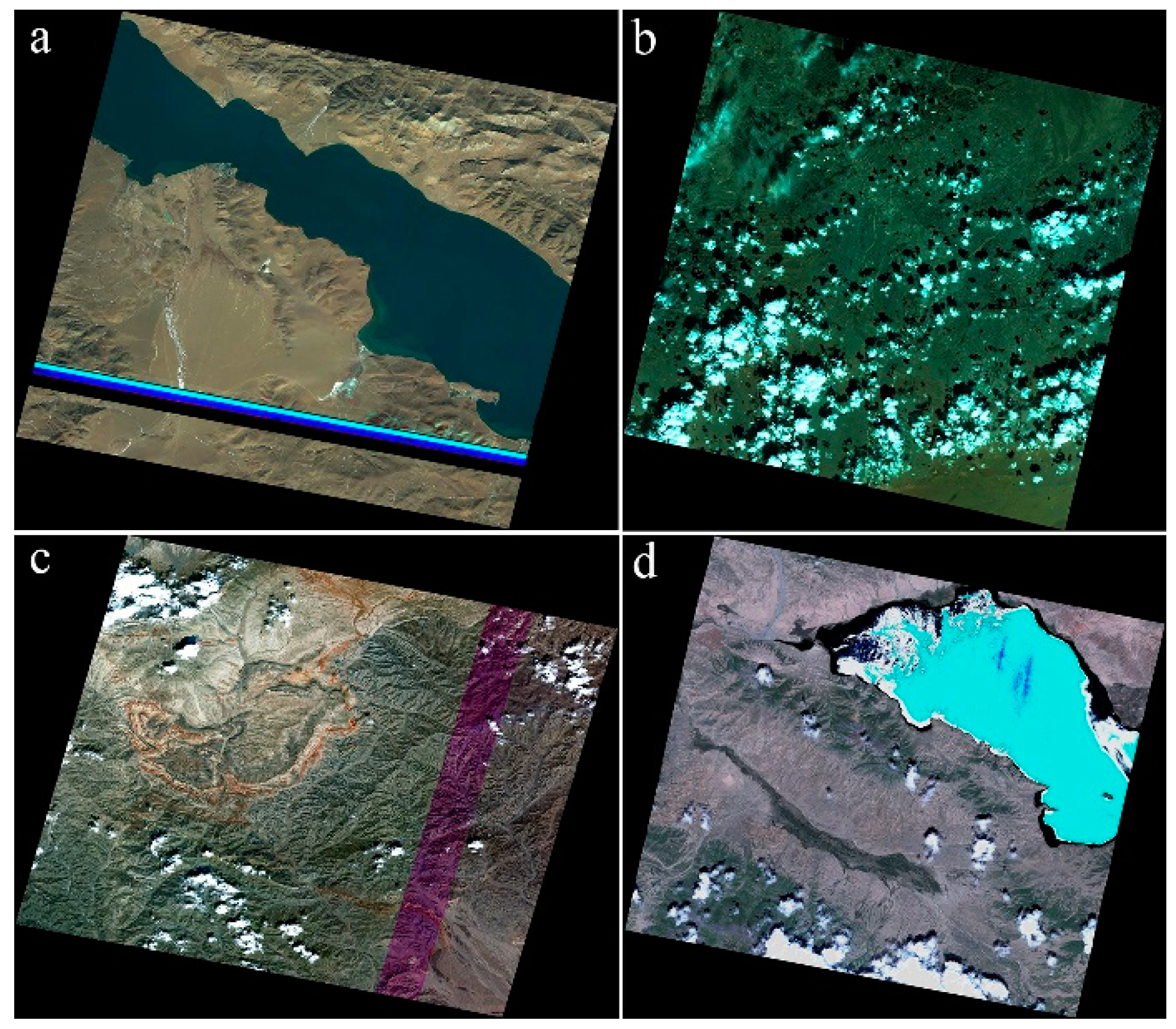
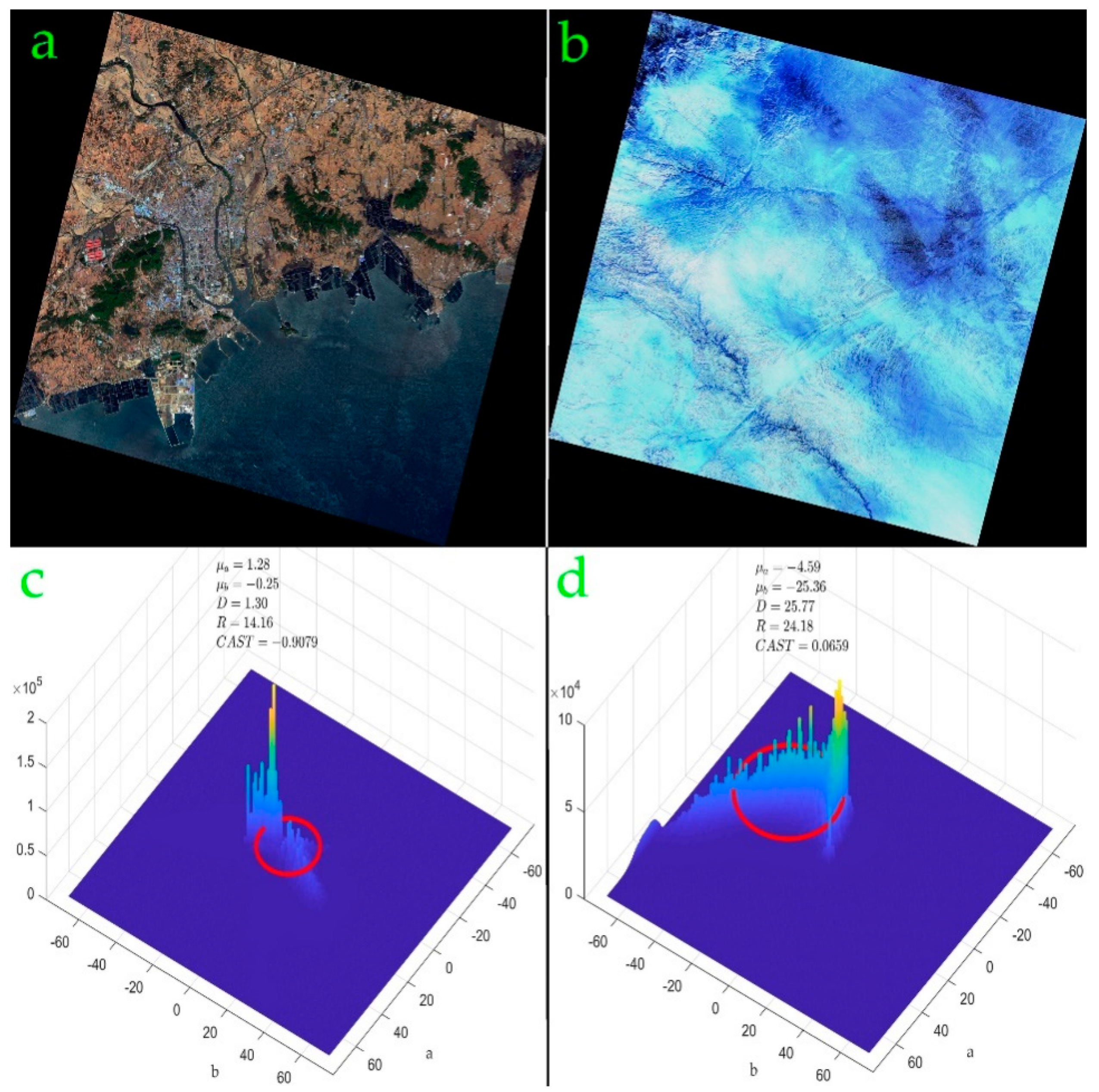
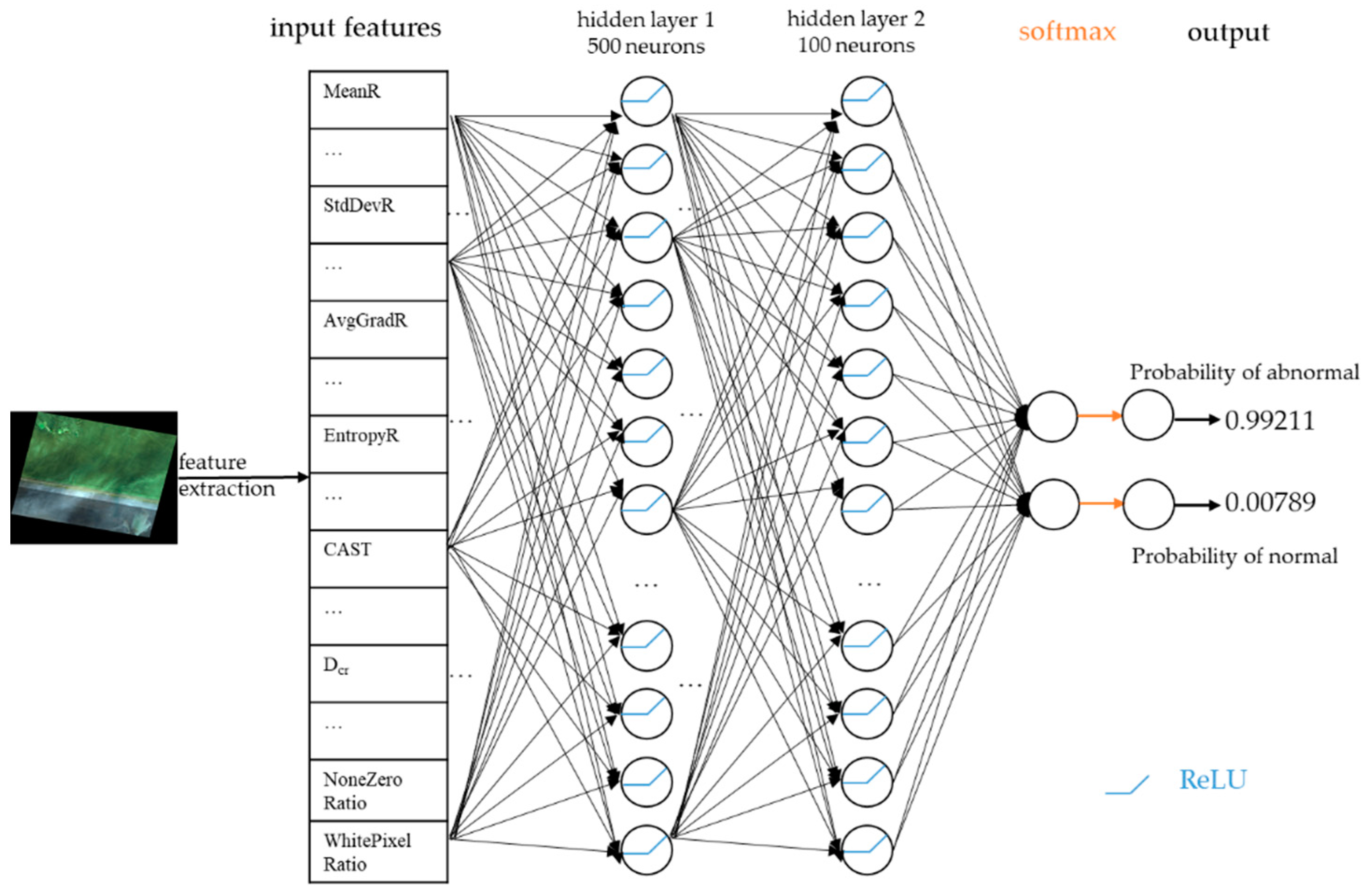
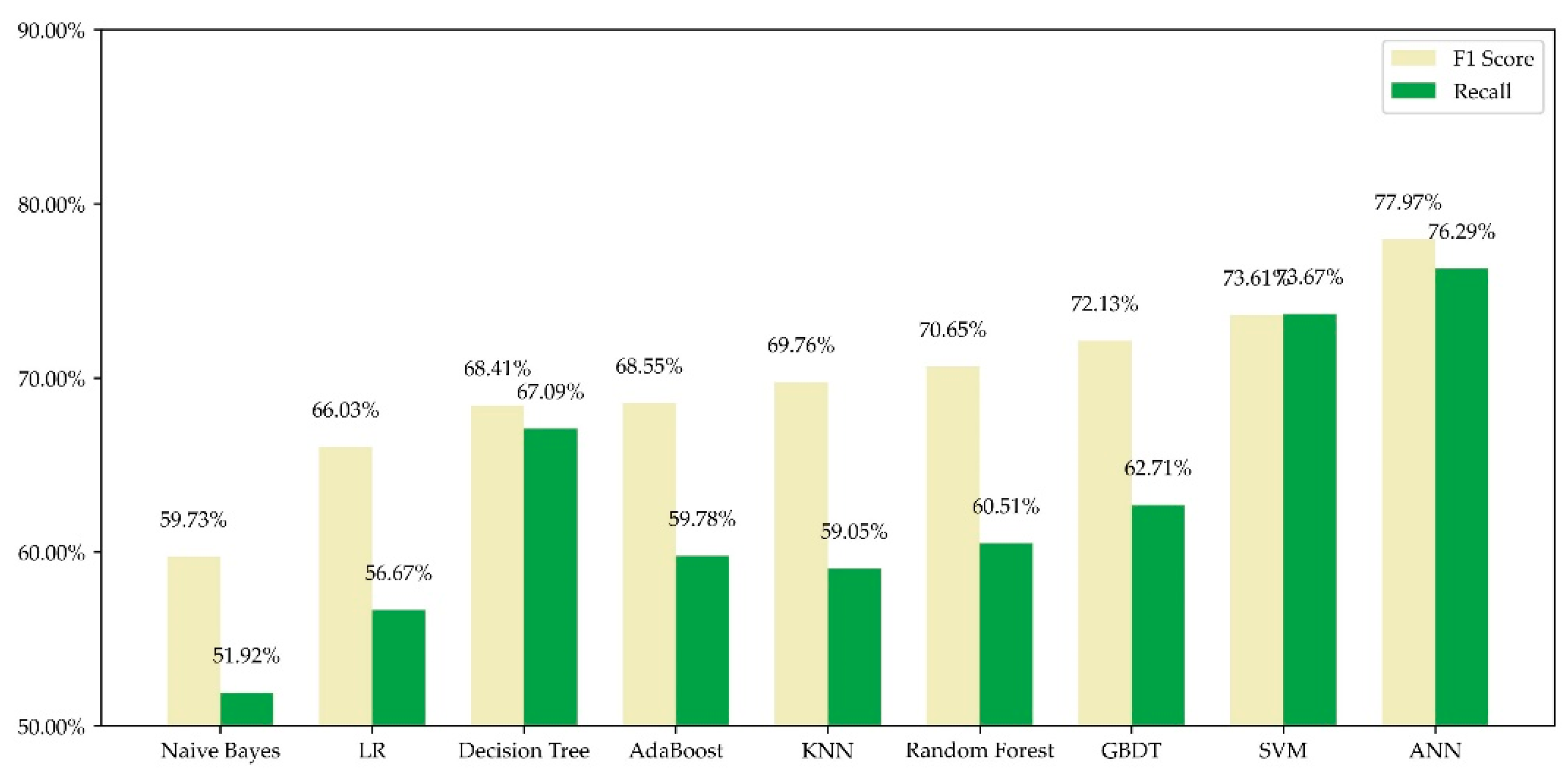
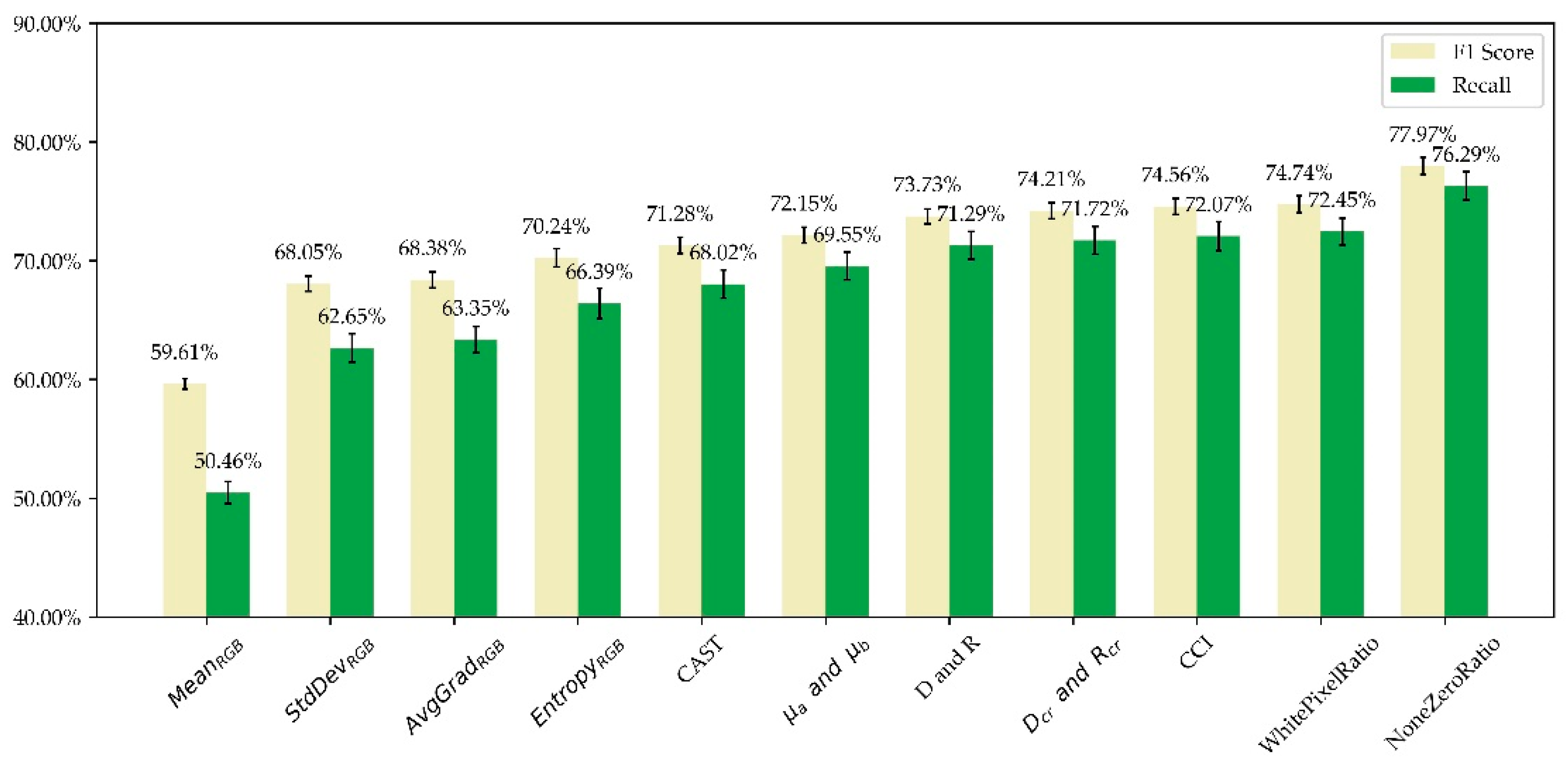
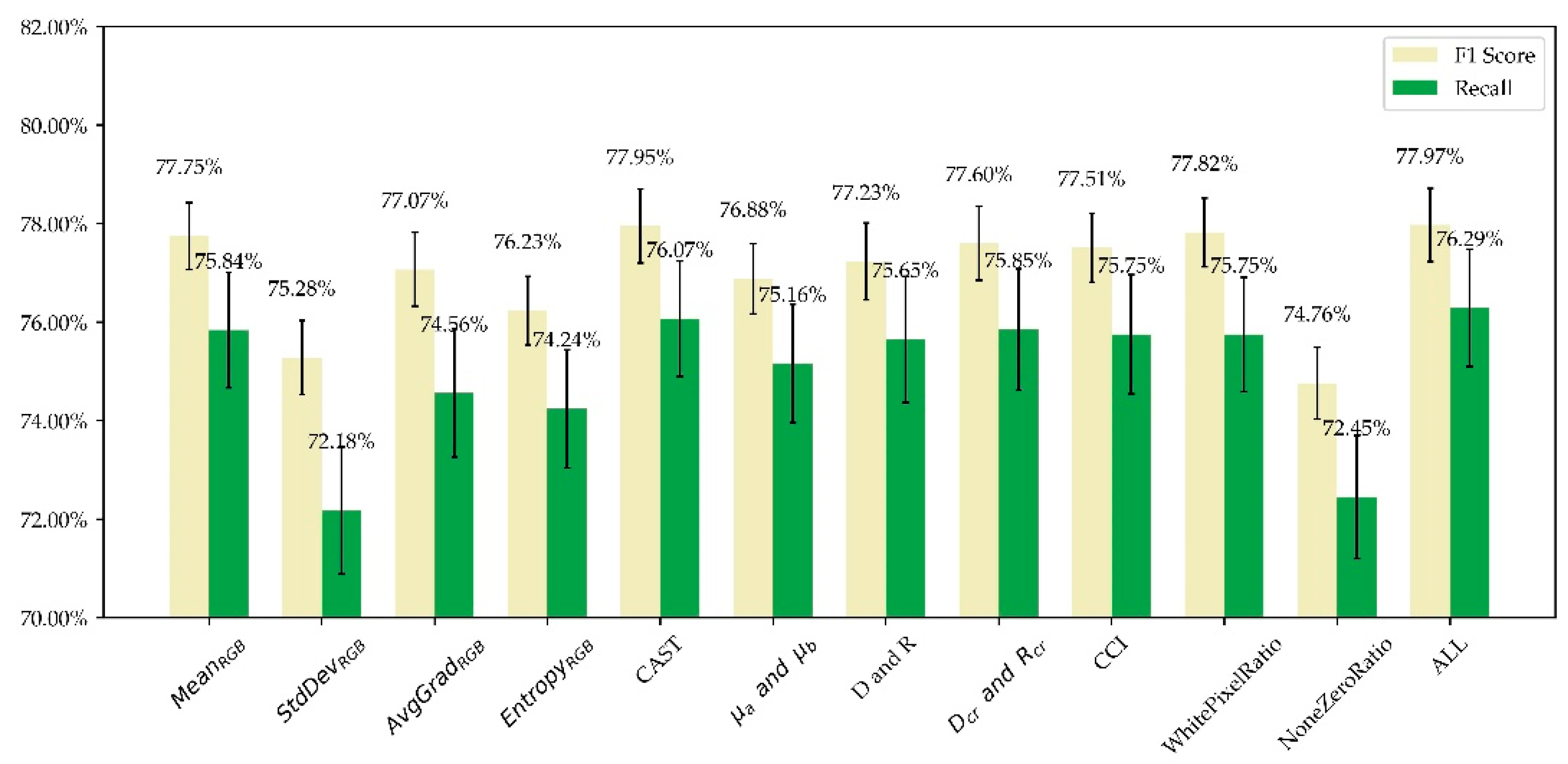
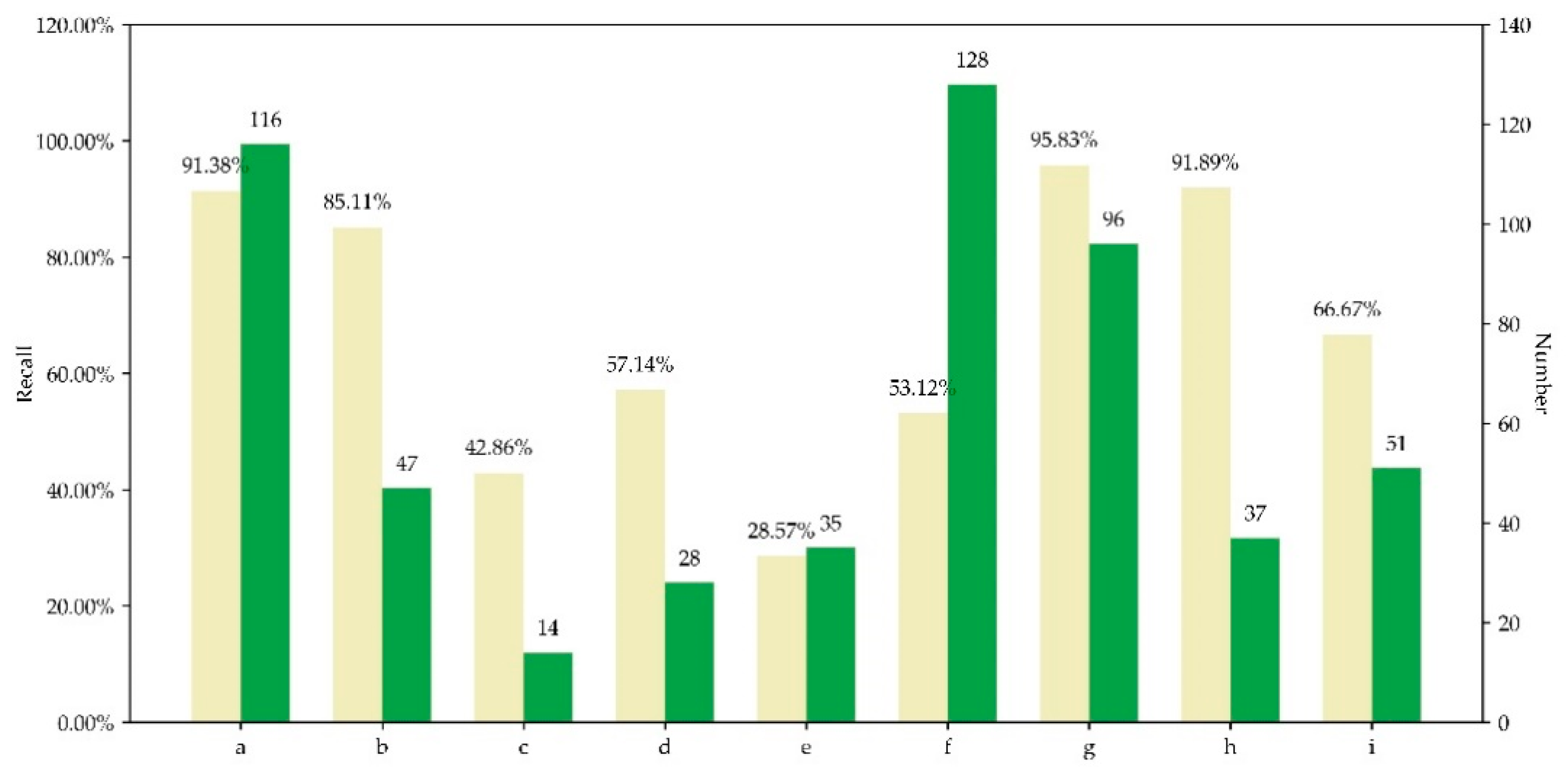
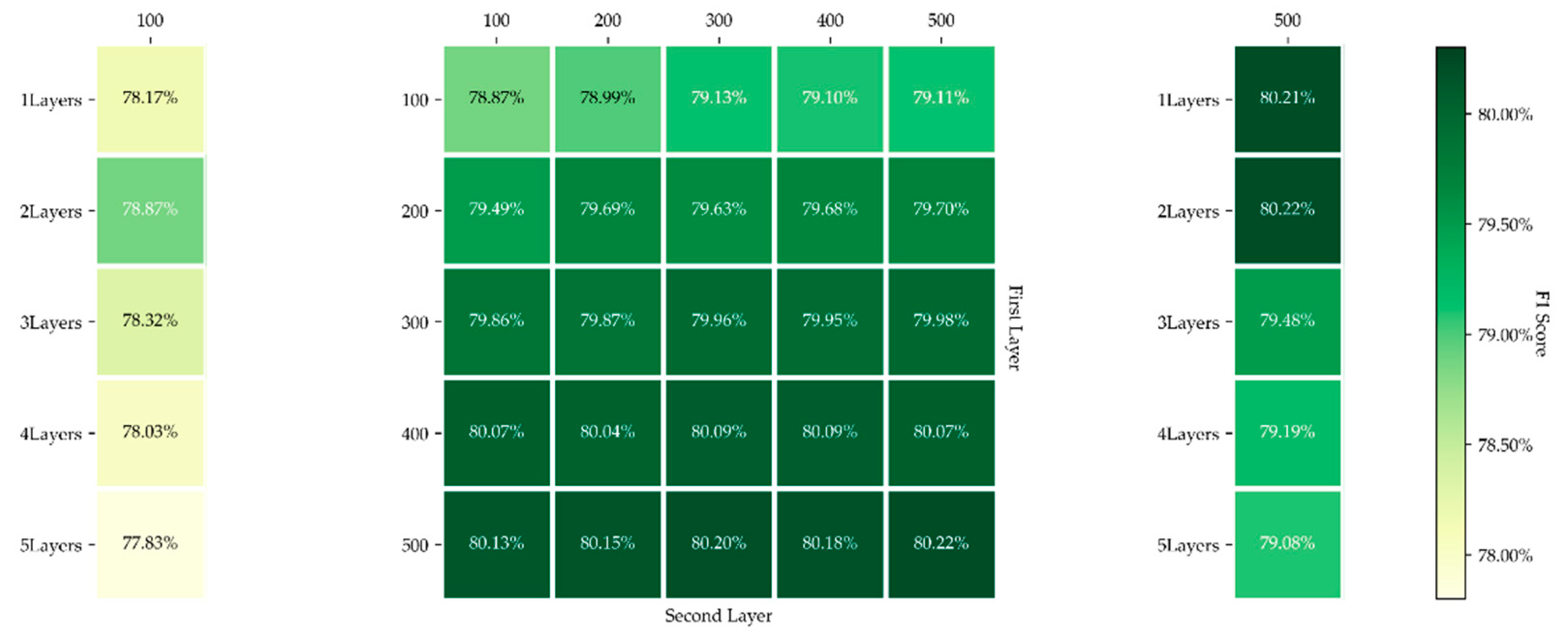
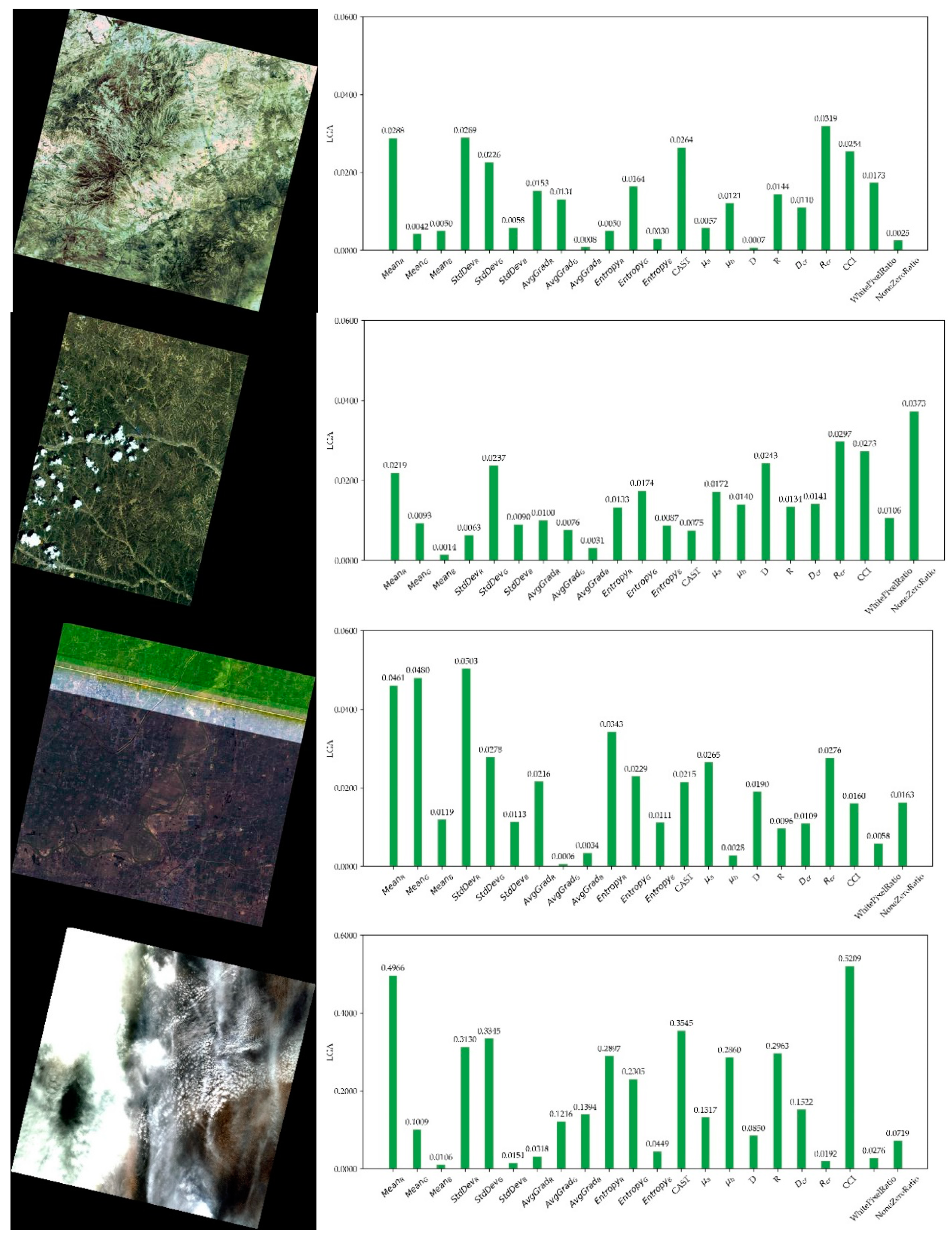
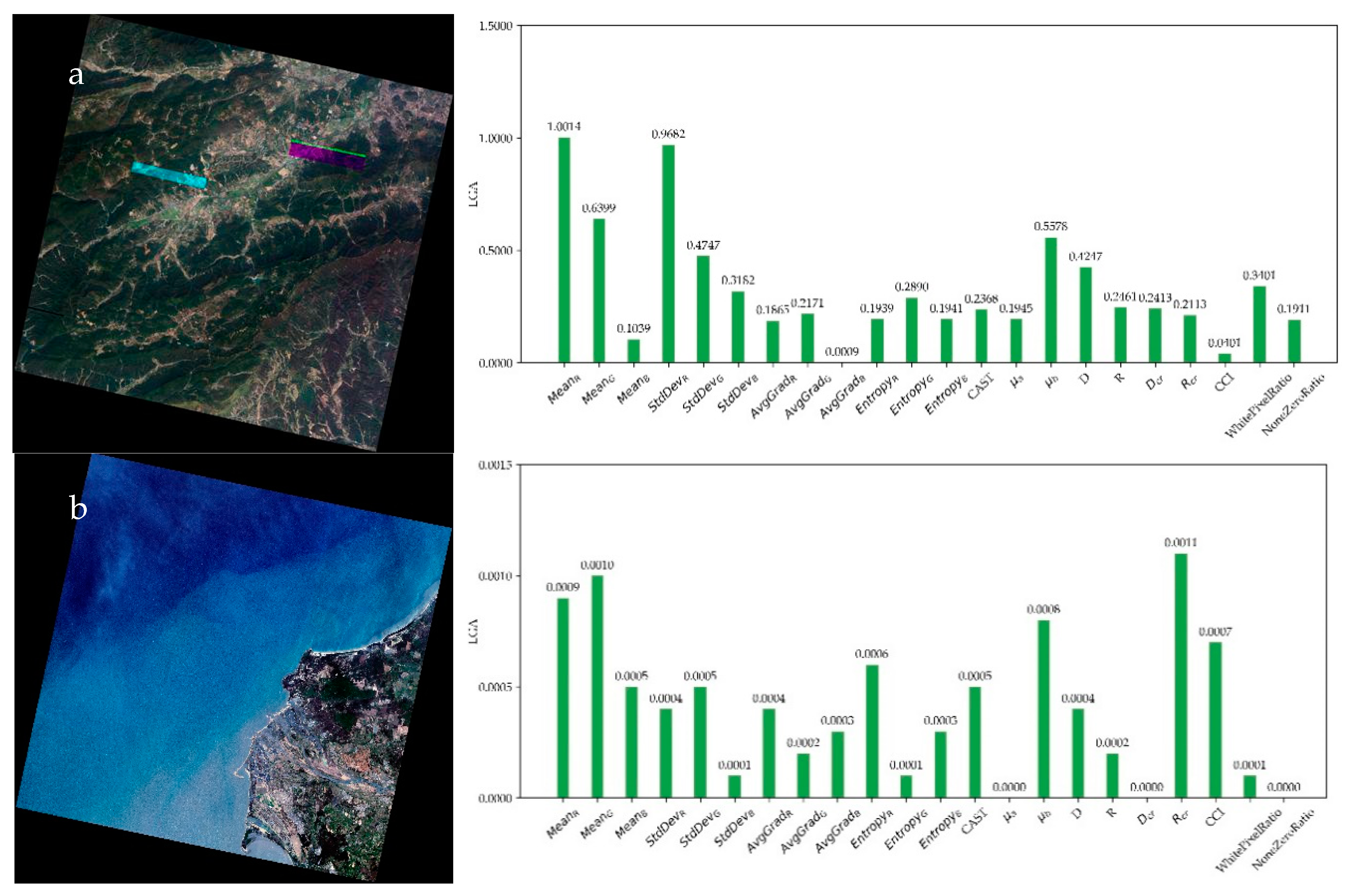
| Category | Subclass | Code | Samples for Train | Samples for Validation | Example |
|---|---|---|---|---|---|
| Abnormal | overall extreme color | a | 268 | 116 | 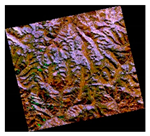 |
| abnormal shape (including blocked data loss) | b | 107 | 47 | 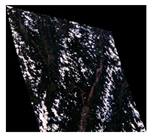 | |
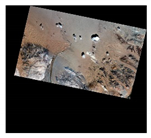 | |||||
| abnormal colored rectangle block | c | 31 | 14 | 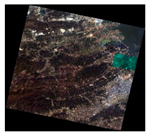 | |
| abnormal horizontal stripe (including horizontal narrow data loss) | d | 62 | 28 | 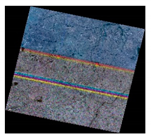 | |
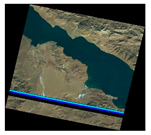 | |||||
| abnormal vertical stripe | e | 79 | 35 | 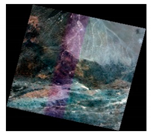 | |
| abnormal color of cloud or snow | f | 296 | 128 | 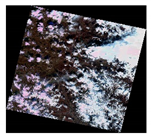 | |
| blue color cast | g | 222 | 96 | 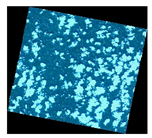 | |
| purple color cast | h | 84 | 37 | 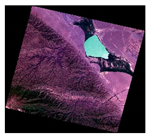 | |
| other color cast | i | 117 | 51 | 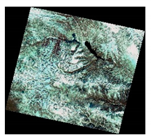 | |
| Normal | — | 3278 | 1405 | 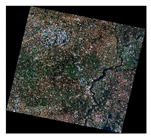 |
Publisher’s Note: MDPI stays neutral with regard to jurisdictional claims in published maps and institutional affiliations. |
© 2021 by the authors. Licensee MDPI, Basel, Switzerland. This article is an open access article distributed under the terms and conditions of the Creative Commons Attribution (CC BY) license (https://creativecommons.org/licenses/by/4.0/).
Share and Cite
Wang, H.; Yu, W.; You, J.; Ma, R.; Wang, W.; Li, B. A Unified Framework for Anomaly Detection of Satellite Images Based on Well-Designed Features and an Artificial Neural Network. Remote Sens. 2021, 13, 1506. https://doi.org/10.3390/rs13081506
Wang H, Yu W, You J, Ma R, Wang W, Li B. A Unified Framework for Anomaly Detection of Satellite Images Based on Well-Designed Features and an Artificial Neural Network. Remote Sensing. 2021; 13(8):1506. https://doi.org/10.3390/rs13081506
Chicago/Turabian StyleWang, Haibo, Wenyong Yu, Jiangbin You, Ruolin Ma, Weilin Wang, and Bo Li. 2021. "A Unified Framework for Anomaly Detection of Satellite Images Based on Well-Designed Features and an Artificial Neural Network" Remote Sensing 13, no. 8: 1506. https://doi.org/10.3390/rs13081506
APA StyleWang, H., Yu, W., You, J., Ma, R., Wang, W., & Li, B. (2021). A Unified Framework for Anomaly Detection of Satellite Images Based on Well-Designed Features and an Artificial Neural Network. Remote Sensing, 13(8), 1506. https://doi.org/10.3390/rs13081506






